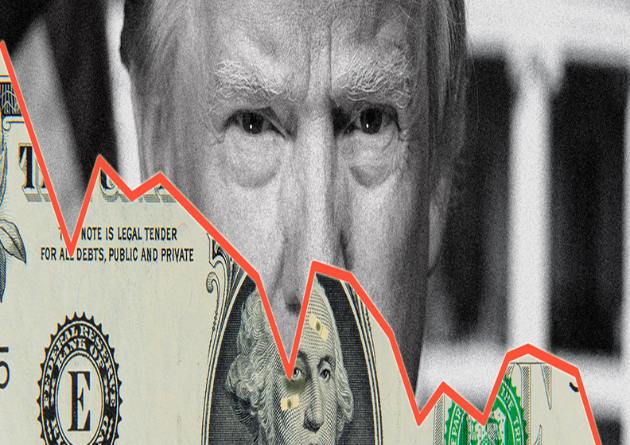Trump Inauguration Pressures Dollar; Euro Gains Ground

- rabeelrana
HG MARKETS:
The US dollar started the week on a softer note, with the Dollar Index—tracking the greenback against a basket of six major currencies—down 0.3% at 108.92, slightly below the two-year high reached last week. The dollar’s pullback follows a 4% gain since the November presidential election, as markets priced in expectations of inflationary policies under Donald Trump’s second term, potentially leading to prolonged higher interest rates.
Trading volumes are expected to remain light on Monday due to the Martin Luther King Jr. Day holiday in the United States. Market participants are also awaiting Trump’s inauguration speech later in the day, with a keen focus on the potential executive orders he may sign, particularly around tariffs and trade policies. Investors remain cautious, anticipating impacts on major US trade partners.
In Europe, the EUR/USD pair edged 0.3% higher to 1.0313, remaining close to last week’s two-year low. Concerns about a potential trade conflict with the US are weighing on sentiment, especially after European Central Bank (ECB) official Isabel Schnabel indicated over the weekend that such tensions were “very likely.” While online prediction markets suggest a low probability of tariffs on the European Union, markets could face significant reprising if universal tariffs are introduced.
Adding to the euro’s challenges, German producer price inflation for December rose by just 0.8% year-on-year, below the forecasted 1.1% increase. Meanwhile, the ECB has cut interest rates four times since June, as inflation in the Eurozone has cooled from double-digit levels in late 2022 to just above its 2% target. Further rate cuts are expected in the coming months to support the region’s economy.
The British pound traded slightly higher, with GBP/USD up 0.1% to 1.2193. However, sterling remains under pressure, having lost nearly 3% over the past month due to weak economic data and growing expectations of additional rate cuts by the Bank of England (BoE). The BoE has already cut rates twice in 2024 and is widely expected to reduce them again at its next meeting in February.
In Asia, the yen strengthened marginally against the dollar, with USD/JPY slipping 0.1% to 156.19. Markets are closely monitoring the Bank of Japan’s policy meeting later this week, where an interest rate hike is anticipated. However, the BoJ’s decision is likely contingent on market stability following Trump’s inauguration and any resulting volatility in global financial markets.
As global markets grapple with the evolving policy landscape under Trump’s leadership, currency traders remain focused on the implications of potential executive orders, particularly around trade, and the direction of monetary policy in key regions.
